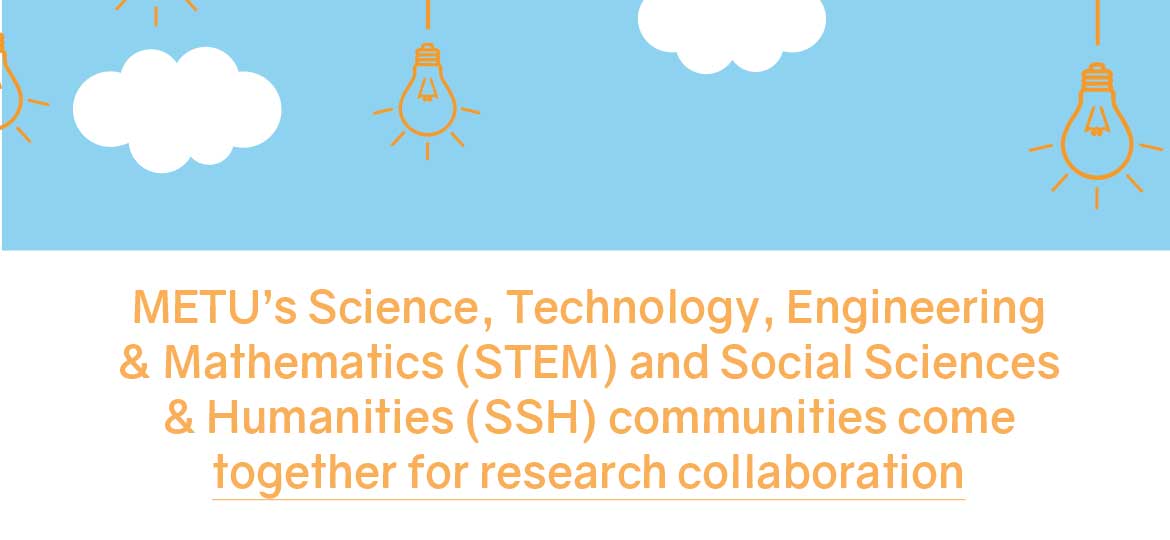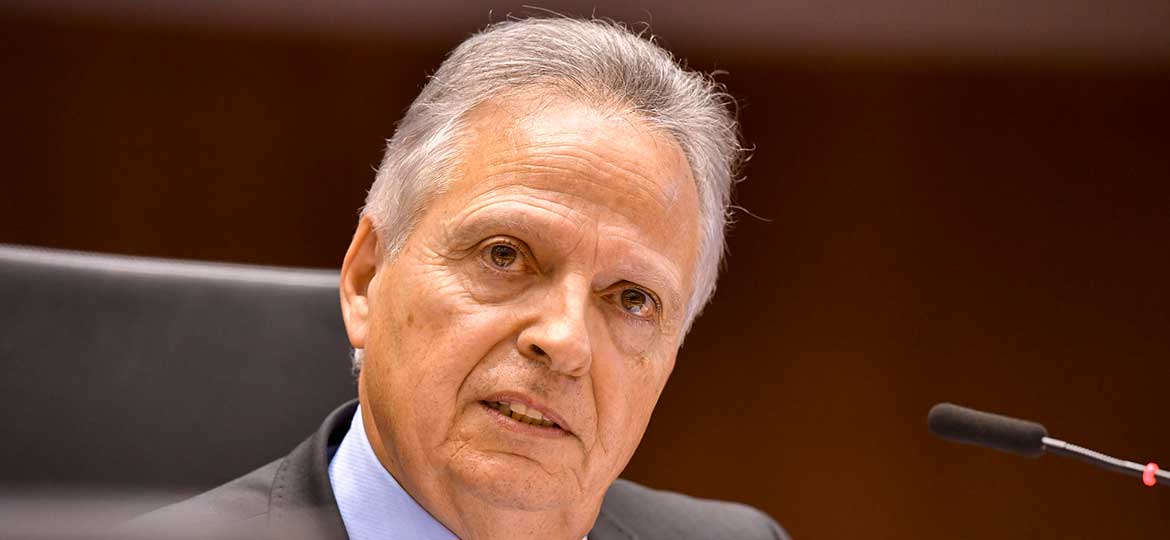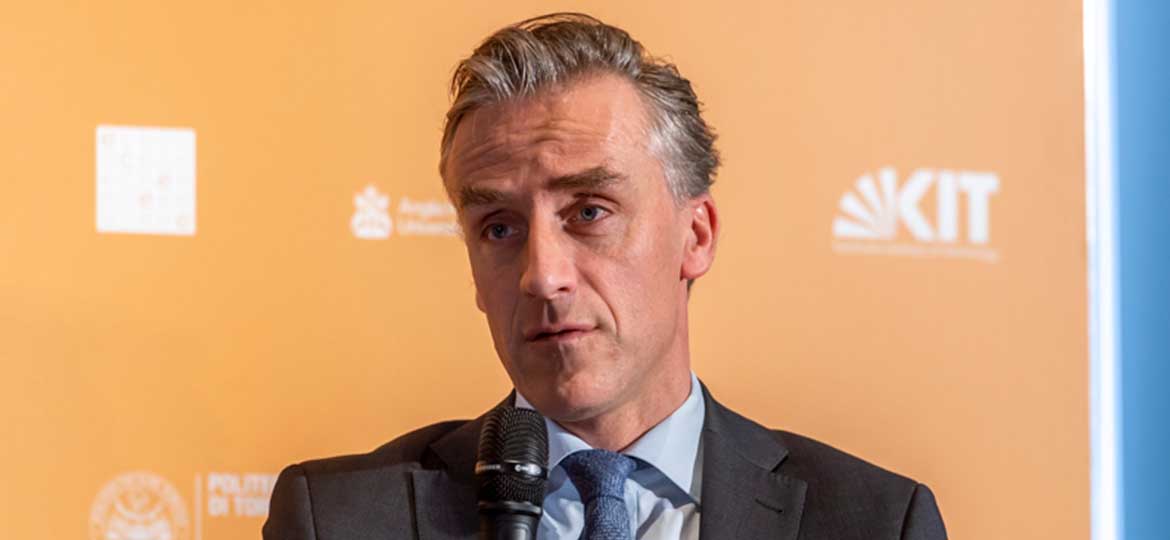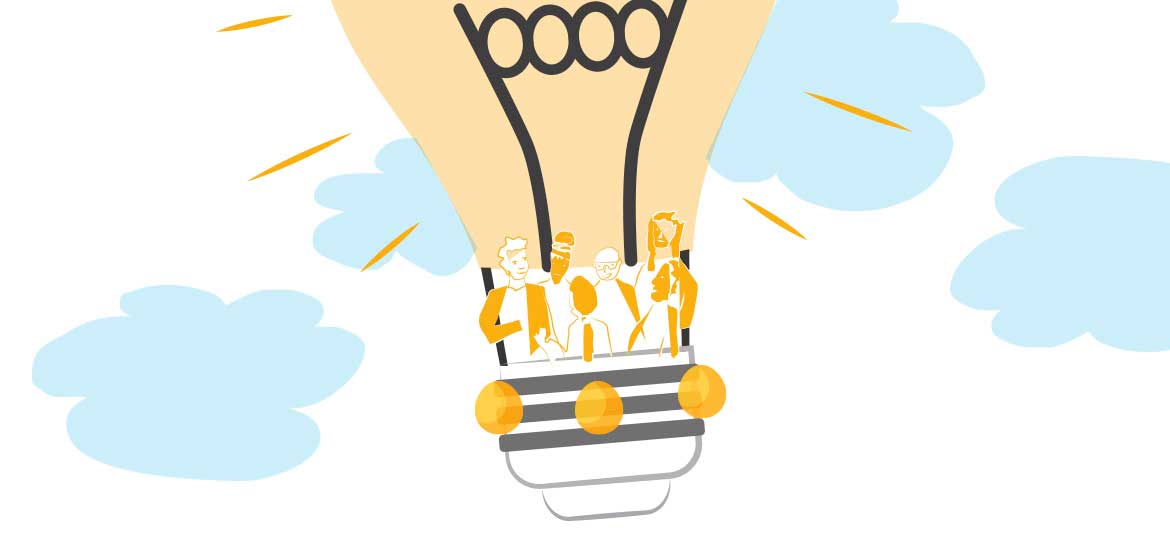
By Daniel Calleja Crespo, European Commission DG Environment’s Director General
For more than 15 years now, the European Commission has held an annual conference – Green Week – on the hot environmental issues of the day. The conference is a chance to present and road-test policy proposals and to hear first-hand how they are working out in practice. For the 2018 edition, in addition to the conference held in Brussels, more than 300 partner events also took place in 30 EU Member States, engaging over 600 000 people.
Much of that success was due to this year’s theme. All around the globe, cities are becoming the laboratories of environmental thought. Urban centres are the places where environmental problems arise, but they are also the places where the best solutions come into being. Green Week gave these cities a chance to shine, showing how cities that implement forward-looking environment policies offer better quality of life to citizens, and opportunities for new businesses to flourish.
The week was an opportunity to show how the European Union supports cities with policy developments in areas that are essential to environmental performance such as air, water and waste, and how it also builds capacity and knowledge through initiatives like the European Green Capitals scheme, peer-to-peer exchanges and the Green City Tool.
Across the EU, cities showcased a wide range of urban solutions to environmental challenges, from circular economy business models to waste and waste water management; from clean air and clean mobility policies to climate and energy policies to help reach the Paris Climate targets.
The conference kicked off in Utrecht, the Netherlands, with a programme of events centred on the circular economy in the urban context. Utrecht is home to centres like the Hof van Cartesius, a site where a cooperative of local entrepreneurs built their own work space following circular design and construction principles. It came into being after the local authorities posted an open call asking for ideas to revitalise a strip of greenery adjacent to the Utrecht-Amsterdam railway. The offices are built using materials that are 90% recycled and dotted with green spaces that foster a collaborative approach.
French Architect Vincent Callebaut opened the Brussels leg of the conference with an inspiring presentation of his eco-architecture. His work blends concepts like biomimicry (studying natural forms and techniques and integrating them into architecture), renewable energy and genuinely circular cities, where waste from one process becomes the input to a subsequent project.
Callebaut has spent the past three years working on a Paris Smart City 2050 project, a long-term vision for the French capital. In Callebaut’s blueprint, every building will produce more energy than it can consume, vertical urban farms will allow food production to be close to consumers, and soft mobility will mean fewer cars and more public spaces for cycling and walking.

SHAPE ENERGY city workshop in Zlin, a Green Week Partner Event #EUGREENWEEK
Mobility
Mobility was a common theme across the partner events. Tallinn, in Estonia, showcased its radical approach to public transport: since 1 January 2013, all registered residents ride the city’s public transport for free.
Far from operating at a loss, the municipality claims that the collateral benefits enable the city to emerge with a surplus. The number of city residents has soared, and most income groups travel around the city far more than they did before. The uptick in mobility in Tallinn has brought a rise in receipts for entertainment, restaurants, bars and cinemas. Citizens consume local goods and services and seem to spend more money more often, causing local businesses to thrive and breathing new life into the city.
As EU Environment Commissioner Karmenu Vella repeatedly stressed throughout the week, one reliable index for the health of a city is the degree of citizen involvement. Involving the people of a city closely in the decision-making process is the single most important factor in any good governance, transcending party politics and acknowledging the value of contributions from all quarters.
Climate and energy
So it was fitting that when the Brussels conference turned its attention to climate and energy, the focus was squarely on governance.
Debates centred round the Clean Energy package proposed as part of Energy Union. The package, presented by the Commission in November 2016, aims at creating optimal conditions for the energy transition by providing a legislative framework for a more integrated, market-oriented and innovative energy sector with consumers at the heart of the transition.
Under the proposed Regulation for the Governance of the Energy Union (currently being negotiated), EU Member States will submit integrated National Energy and Climate Plans with their objectives, targets, policies and measures to achieve EU energy and climate targets. This should allow the EU to stay ahead in the clean energy transition, turn the Paris Agreement into concrete action, and make sure our energy system is fit for purpose. It will also help Europe deliver on its ambitious 2030 energy and climate goals.
The Governance system will be a cornerstone for ensuring the achievement of the Energy Union in each of its dimensions ‒ decarbonisation, energy efficiency, internal market, energy security and research, and innovation and competitiveness ‒ making sure that the different elements of the Clean Energy package are consistent and coherent.
Green Week panellists highlighted the complex but innovative nature of the Governance proposal, along with the importance of formalising the active participation of citizens and cities in the governance process.
That civic buy-in, as Commissioner Vella noted, will always be Europe’s central concern. “Policy,” he said, “Comes from the Greek word ‘polis’, which means people. This week is about making sure that policy still comes through the involvement of people.”

Daniel Calleja Crespo
In this guest blogpost, Daniel Calleja Crespo explains the vital role cities are playing in acting as hub for experimentation and transformation. The European Commission DG Environment’s Director General also makes the case for the importance of seeking to understand people’s involvement in energy systems and energy governance, as the SHAPE ENERGY Platform aims to do through its multi-stakeholder city workshops and other initiatives.






